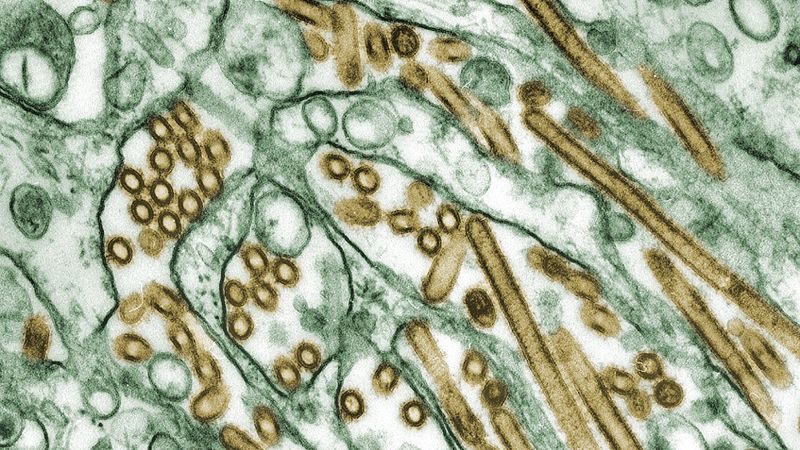
Wastewater monitoring in Texas picked up an early signal of the bird flu outbreak
CNN
Over the past two years, as the idea of sampling sewer systems for the virus that causes Covid-19 and other pathogens has caught on across the country, the Texas Epidemic Public Health Institute took a different approach.
In early March, Dr. Blake Hanson and his colleagues at the Texas Epidemic Public Health Institute were preparing for a fire drill of sorts. What if a virus with the potential to spark the next pandemic turned up in the wastewater they monitor? And what if that virus was the bird flu, H5N1, which has killed millions of animals and about half the nearly 900 people it has infected worldwide over the past two decades? They gamed out this what-if exercise on a Monday. By Thursday of that same week, Hanson’s colleague, Dr. Michael Tisza, a molecular virologist and microbiologist at the Baylor College of Medicine in Houston, was ringing the alarm. This time, it was not a drill. “Mike had called me and said, ‘Hey, I think I found it,’” said Hanson, an epidemiologist at UTHealth Houston who uses big data methods and genomics to investigate infectious diseases. That was March 7, about three weeks before the US Department of Agriculture announced that H5N1 had infected dairy cattle in Texas for the first time.

 Run 3 Space | Play Space Running Game
Run 3 Space | Play Space Running Game Traffic Jam 3D | Online Racing Game
Traffic Jam 3D | Online Racing Game Duck Hunt | Play Old Classic Game
Duck Hunt | Play Old Classic Game